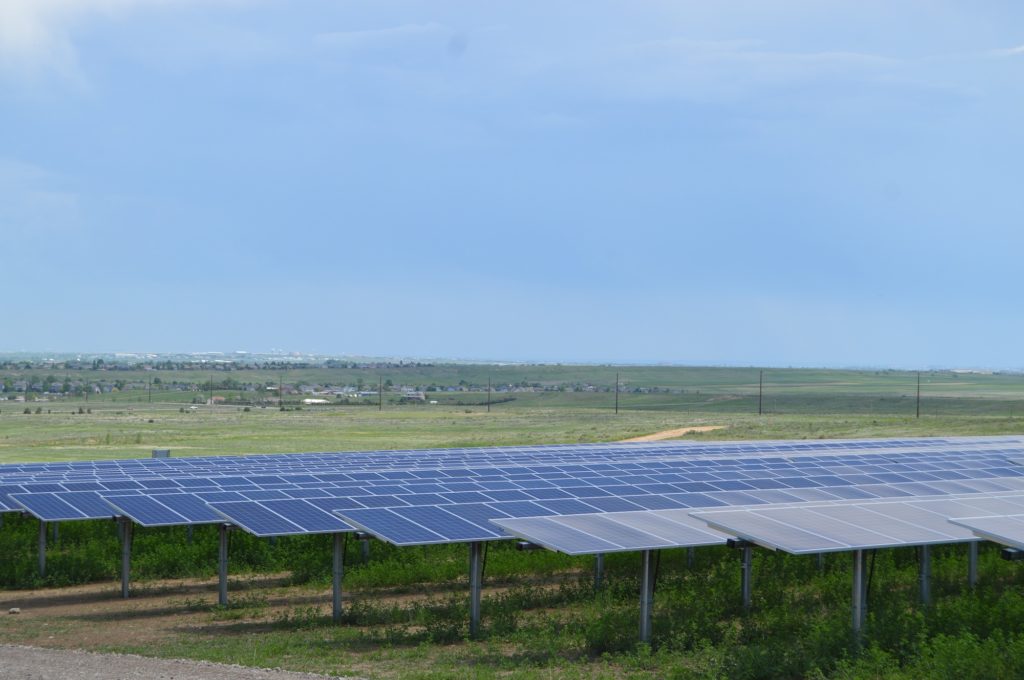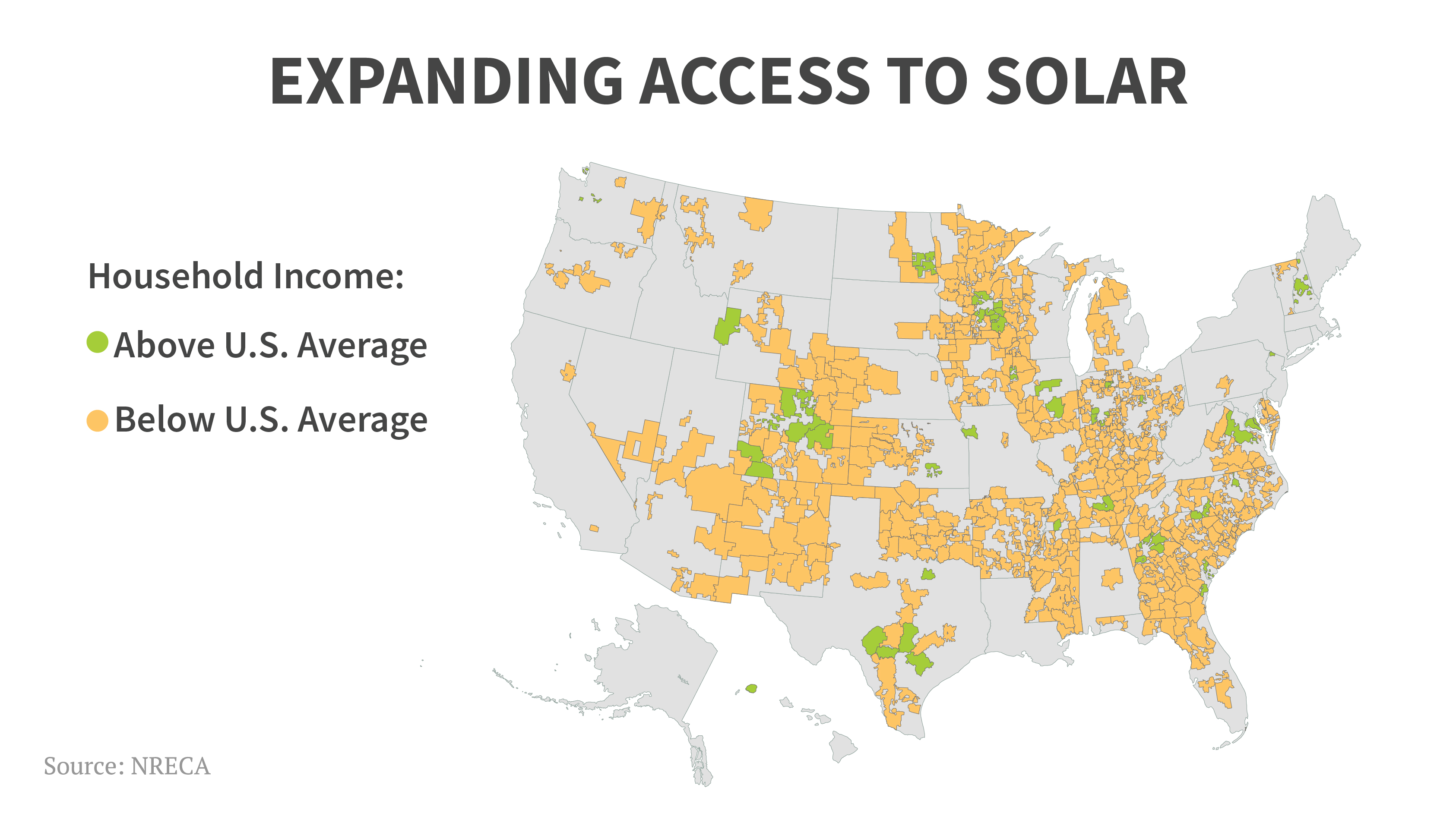
Editor’s Note: One of the innovations from NRECA’s Solar Utility Network Deployment Acceleration (SUNDA) project is community solar programs benefiting low- and moderate-income consumers. Colorado’s Poudre Valley REA is one such success story.
Its first two community solar projects were very successful, but when it came time for a third, Poudre Valley REA knew something had to change.
“The access to community solar was kind of limited for those that are under-resourced within our membership,” said David White, vice president, member relations, at the Fort Collins, Colorado-based co-op. “Our board wanted us to try to figure out a way to remove the barriers.”
Enter GRID Alternatives, a nonprofit that partners with utilities, government agencies and other entities to bring solar to low-income households and communities. Added bonus: GRID Alternatives was already working with the Colorado Energy Office.
“Their model is very much like a Habitat for Humanity model, where they bring in engineering resources and construction resources through volunteers. They’re able to really drive down the cost of the project, which allows us then to pass on those savings to the under-resourced,” said White. GRID Alternatives also handles the sign-up process.
“It was a really good fit for what we were envisioning for our project, and for their mission.”
Coyote Ridge Community Solar Farm opened in September 2017. Eligibility is determined by income guidelines, which vary based on family size and county of residence. The range goes from an annual gross income of $41,000 for a single person in Weld County to $89,800 for a family of eight in Boulder County.
White said the co-op’s northern Colorado service territory has a good economy, but “the cost of living, particularly housing, is fairly high,” which really hits a number of people.
The traditional subscriber to Poudre Valley community solar makes a one-time upfront investment and then pays a monthly subscription charge. In exchange, the member gets a 100 percent offset on their bill for all energy generated by the panel(s) they subscribe to.
Those who qualify to subscribe through GRID Alternatives get a 30 percent offset but have no upfront or monthly costs.
The numbers are impressive. Eighty-five percent of the panels for income-qualified members are subscribed. That compares to 49 percent of panels for traditional subscribers and 38 percent of panels for nonprofits including schools and firehouses.
“What’s interesting is we haven’t really done a big, paid marketing push on the community solar farm and the subscription rate has been really successful considering,” said Amy Blunck, Poudre Valley’s communications director. “We did a few articles in our magazine last year, a bill insert, and a few paid social media posts, but that’s about it. The earned media on this project has been substantial.”

White credits NRECA’s SUNDA project with providing invaluable help for the project. He said Poudre Valley’s first two solar farms were purchase power agreements. They wanted the third to be co-op-owned and operated.
“But we didn’t have much expertise in that. So SUNDA brought us a lot of resources in terms of how to do a community solar project where you’re going to be the owner-operator,” he said. “They had fantastic financial models that we utilized to determine the economics of the project. They also brought technical expertise in terms of engineering and procurement.”
And Blunck said the SUNDA materials “will be great for other cooperatives that don’t have the resources” to undertake a community solar project.
Poudre Valley’s efforts to bring community solar to all recently earned it a couple of honors. It was named 2018 Electric Cooperative Utility of the Year by the Smart Power Electric Association and won a Silver Award for Best Total Communication Program in the 2018 NRECA Spotlight on Excellence Awards.
Read more about the SUNDA project:
The Story of Co-op Solar in Nine Graphics
Full Report: A Solar Revolution in Rural America
Michael W. Kahn is a staff writer at NRECA.